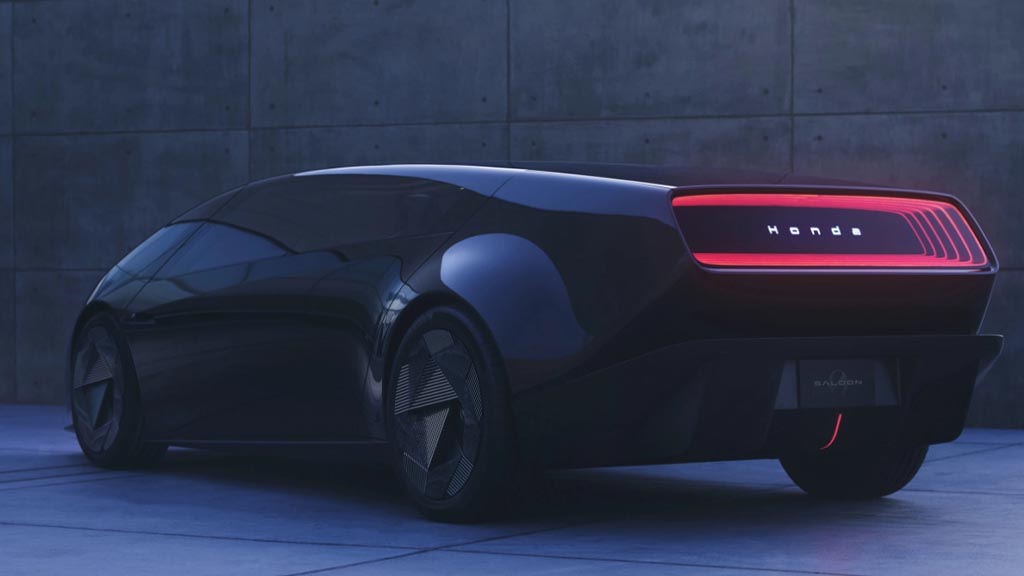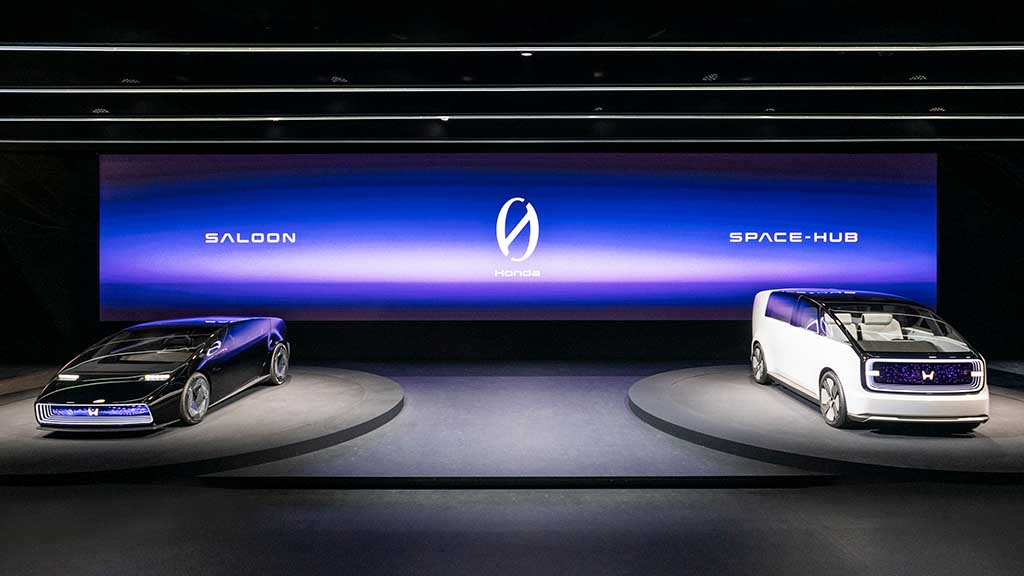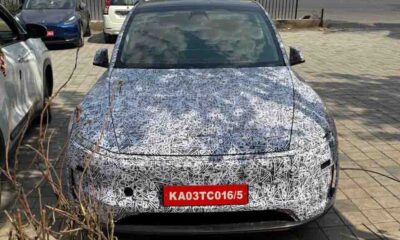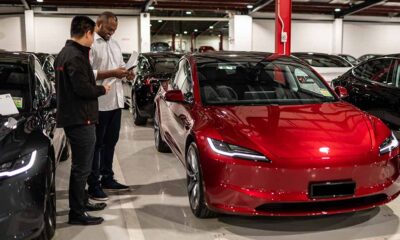Honda
Here is the Honda 2030 Electric Vehicle (EV) Launch Roadmap

Honda today announced a plan to electrify its vehicle sales through 2030 with a large $64 billion investment and shared electric vehicle (EV) expansion roadmap.
Honda says its new “0 Series” will play a critical role in EV strategy and be created from scratch. This series will focus on the “Thin, Light, and Wise” size and features approach.
It will introduce a Saloon, a mid-size SUV, and an entry-level SUV in 2026. A 3-row large-size SUV is planned for 2027, a compact SUV in 2028, a small-size SUV in 2029, and a compact sedan in 2030.
Here’s a breakdown of the EVs planned by the Japanese automaker.

Honda 0 (zero) Series concept models, Saloon and Space-Hub at CES 2024
Honda 0 Series
This lineup of EVs will debut in North America in 2026, followed by global expansion. The series will include different models ranging from small to large sizes. There are a total of seven models under this 2030 roadmap.
China
Honda’s EV offerings in China will add 10 new models by 2027. It aims to make 100 percent of its sales via EVs in this market by 2035. The new “Ye Series” closely follows e:N cars that are already available.
Small Size EV
This fall, Honda will start sales of the new N-VAN e: commercial mini-EV in Japan. The company will introduce more small-size EVs in the region based on the market requirements. Personal-use mini EVs are planned to be released in 2025 and 2026.
In 2024, new electric motorcycle models with two Honda Mobile Power Pack (MPPs) will come into action. In fiscal year 2026, the firm will introduce a micro-mobility product with 4 MPPs in Japan.
Improvements to HEVs
A two-motor hybrid-electric system called e:HEV system will get renewed. New improvements to the hybrid category will be lighter and more efficient for high fuel economy and better driving experience.
The automaker will also integrate some new technologies into hybrid-electric models and use an electric all-wheel drive (e-AWD) system that leverages the motor installed in EV models. This new e-AWD system is likely to increase maximum driving force output and enable more responsive and precise control of drive force distribution.
(source)












